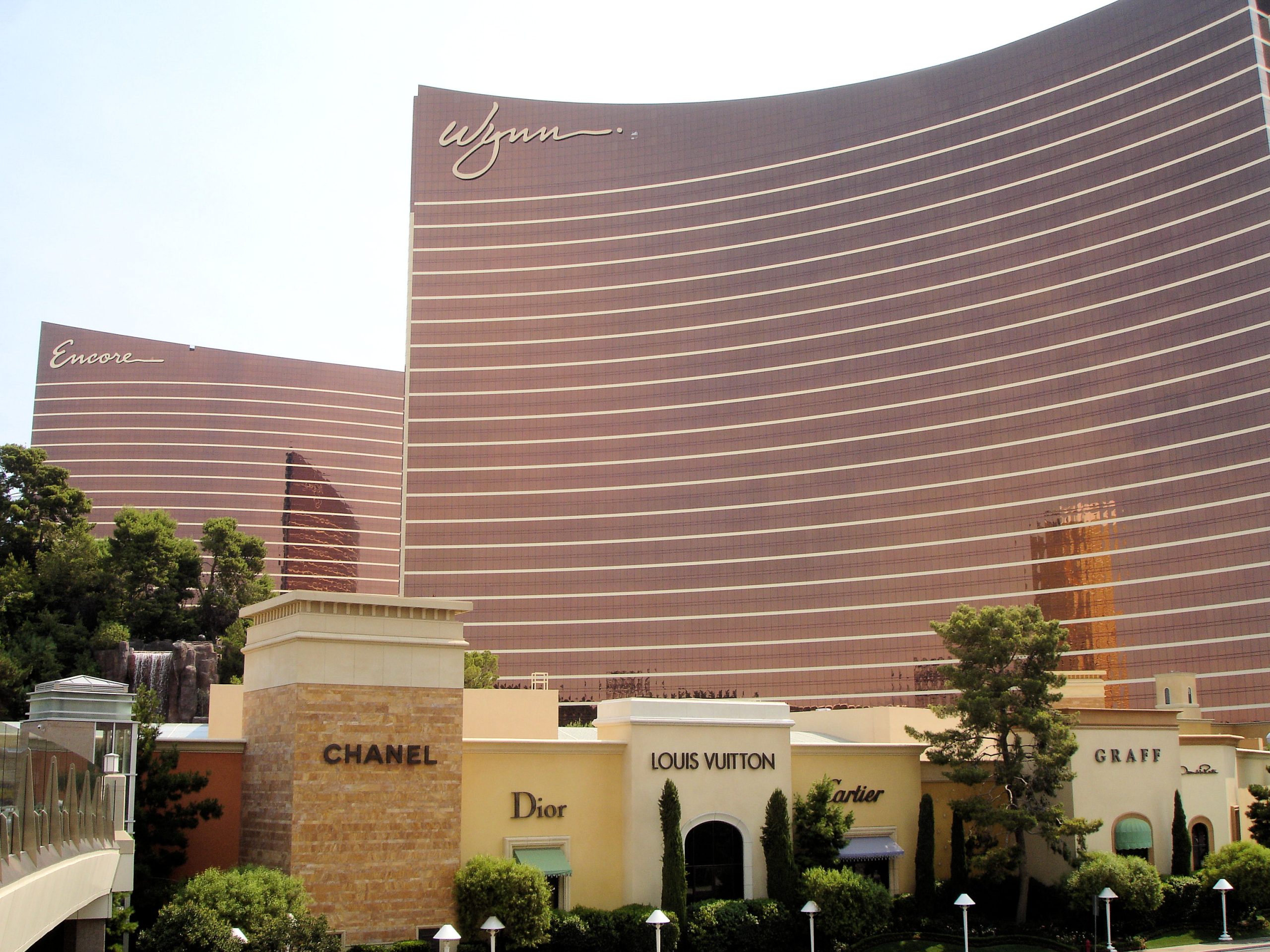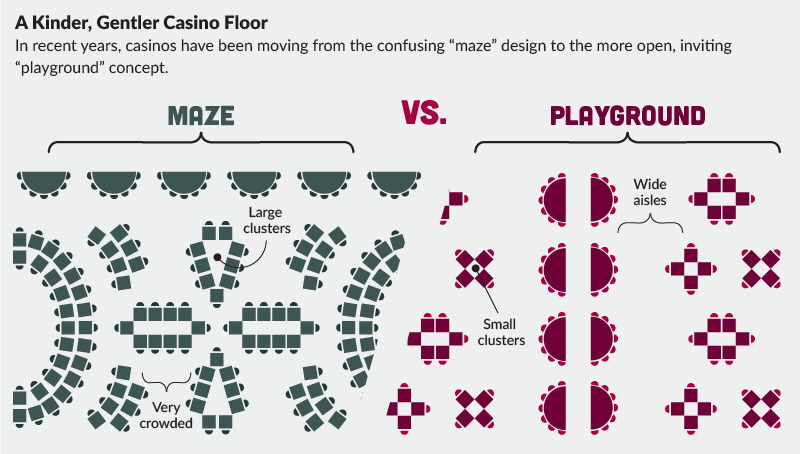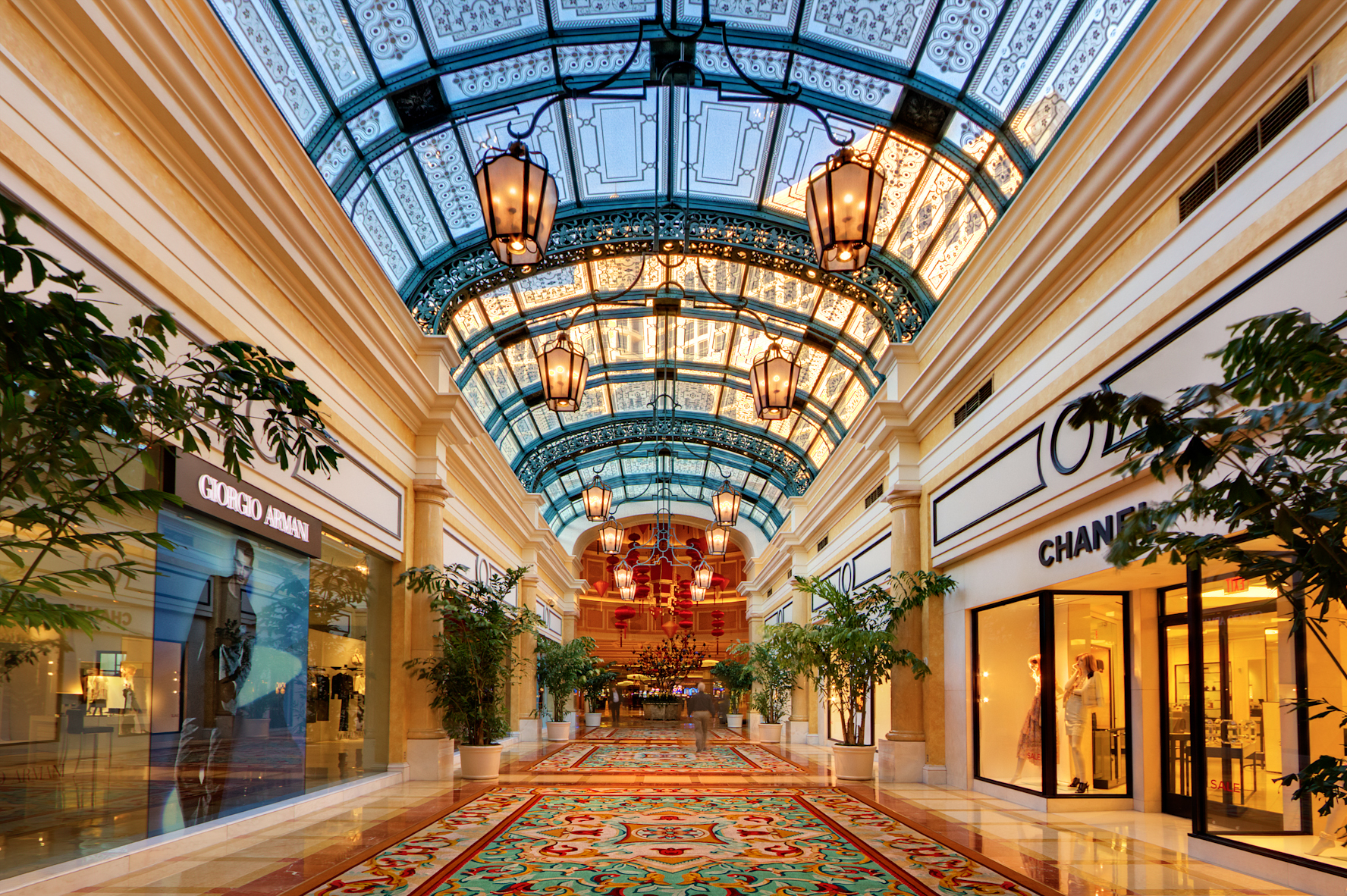Building casinos from the ground up or simply constructing hotel additions can be extremely costly. They’re always updating their décor, hotel rooms, and gaming floors to consistently appease players and hotel guests, which can lead to major pay outs from the owners. Many casinos double as a hotel, which alone cost on average $23 million for 155 rooms with full bathrooms. Depending on how a casino is incorporated, whether it be on the first floor of the hotel or in a separate building, greatly affects the cost. Las Vegas is one of the biggest gambling cities in the world and has some of the most expensive casinos ever built. The Wynn Las Vegas cost an estimated $2.7 billion to construct its 2,716 hotel rooms/villas, casino, convention center, retail space, and other luxury amenities. In total, the Wynn resort complex covers 5.2 million total square feet, with 111,000 of that being casino space. While the construction of a casino is incredibly expensive, the design phase of the project is potentially the most important!
The design of a casino has great influence on how visitors gamble, how much they spend, and how long they stay. Casinos design with the purpose of making the gambler comfortable enough to be willing to spend large amounts of money, and (hopefully) not feel bad about it. The Godfather of casino design, Bill Friedman, was the first to create a template for successful casino designs. The ‘Maze’ style includes multiple features that brought visitors comfort while increasing spending subconsciously. Casinos are designed to separate you from time, thus there being no windows or clocks anywhere, including on the slots! This allows visitors to lose track of time and stay at the casino longer than anticipated. Not having windows also causes visitors to stay awake longer due to your circadian rhythm being thrown off due to there being no natural light. Imagine how long people were at casinos before cell phones were invented!
A maze casino floor is also laid out in a particular way to disorient you, hence the name. There are no straight lines to exits, bathrooms, or hotel entrances in the maze design as the casino wants you to walk through the casino to reach your destination or get lost and start playing. The slots are organized in rows that create narrow aisles throughout the floor, which give a sense of intimacy and safety, allowing you to feel comfortable and not overwhelmed. There are also no sharp turns in the casino! With there being few main walkways, designers avoid sharp turns whenever possible due to the action causing your brain to activate decision making skills. Our brains have a natural ‘internal compass’ that readjusts itself as we move throughout environments. When we take sharp turns, our compass takes note of that should we have to redirect ourselves later. However, with gradual turns and curves, our internal compass doesn’t register thus causing us to become lost and unaware of where we are or how we got there. Friedman also focused his décor to the games being displayed. He kept additional décor throughout the casino very minimal as he wanted the attention all on the slots and tables. The ceilings are plain and low, and the floor is obnoxiously patterned carpet. These elements divert the players attention to the bright flashing lights of the slot machines, thus keeping their focus on gambling and not admiring what’s around them.
Years later, Roger Thomas entered the industry and was the main designer, apart from owner, Steve Wynn (who also owns Wynn Las Vegas) for the famous Bellagio in Las Vegas, and eventually the Wynn. Thomas completely scrapped Friedman’s style reinventing the casino design template, creating the ‘Playground’ style. Thomas is now known as ‘the man who redesigned Vegas’ and not only continued to bring profit to casinos but created a much more vibrant and open environment to gambling floors. The ‘playground’ style features open floors and aisles giving more space from others, and the slots now being organized into clusters of 4-6, or short rows. With his open floor design, gamblers were able to maintain the same energy level throughout their time there, rather than be overstimulated in a short time and then panic when trying to leave. He also began including skylights to allow natural light to enter during the day but remain unnoticeable when nighttime rolled around. The ceilings were also greatly elevated bringing more comfortability to visitors as they no longer were feeling compacted. With Thomas’ high ceilings, he began incorporating beautiful art installations such as fabrics, and glass work that caught the light and attention of gamblers. His plan of bringing comfortability and excitement to gambling worked incredibly well, with the Wynn and Bellagio becoming the most profitable casinos in Vegas today! His design was so well executed and successful that even grocery stores started incorporating his design principles to bring in more shoppers!
Apart from interior design, there are also mechanical features that bring profit to the casino. With no windows, the HVAC systems must continuously run to maintain the same temperature in such a large space. Casinos remain on average between 68 and 71-degrees Fahrenheit as we are most awake when temperatures are between 66 and 69-degrees Fahrenheit. This allows gamblers to stay longer and spend more. Casinos also allow smoking in some areas of the space, so the air is constantly being moved around to avoid the whole floor smelling, and not recycled due to the lingering smell of smoke. Carpets also play a big part as they always are intense patterns to bring your sight away from them and onto the machines. Since casinos are big drinking spaces, busy carpets make hiding messes and dirt easier to hide. They also make finding dropped chips harder to locate, thus bringing more money to them. The colors in a casino are also planned as bright oranges, reds, and yellows invoke a sense of excitement, and increase our adrenaline. Gold is used to influence our thinking to believe higher wins are near, with blue/green machines receiving the least amount of attention. There’s also been note of casinos emitting certain smells that ultimately increase gambling on slots by 46%!
Over the years, many studies have been done on what layout gamblers prefer. Playground layouts always come out higher than mazes as they give visitors a mental break whereas maze layouts can become too much too quickly. Other studies have proved that gamblers are also more likely to stay in a casino longer if they prefer the music being broadcasted! Next time you’re at a casino, take note in the design of the gambling floor. You’d be shocked to finally realize some of the interesting features we’ve touched on have been present this whole time! If you liked this blog, leave a comment telling us what your favorite casino is, or share this with your friends/family via the icons below!
Share this Post






